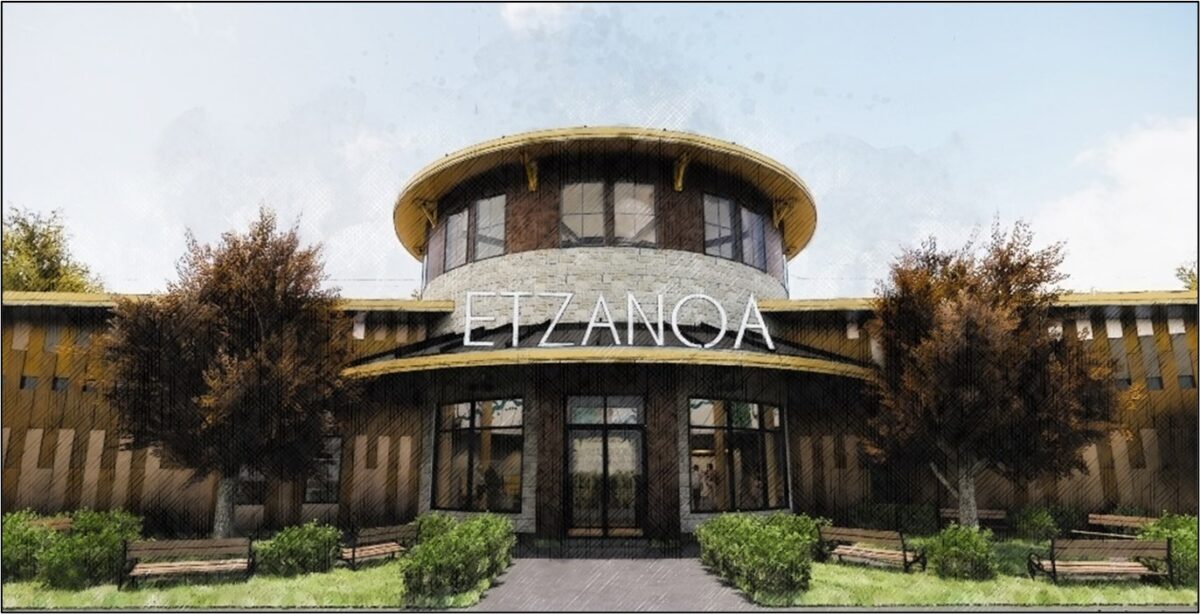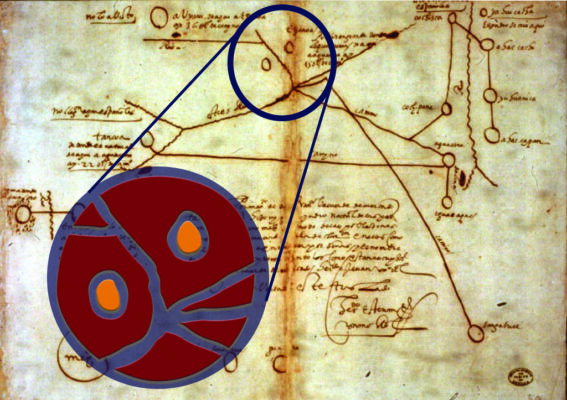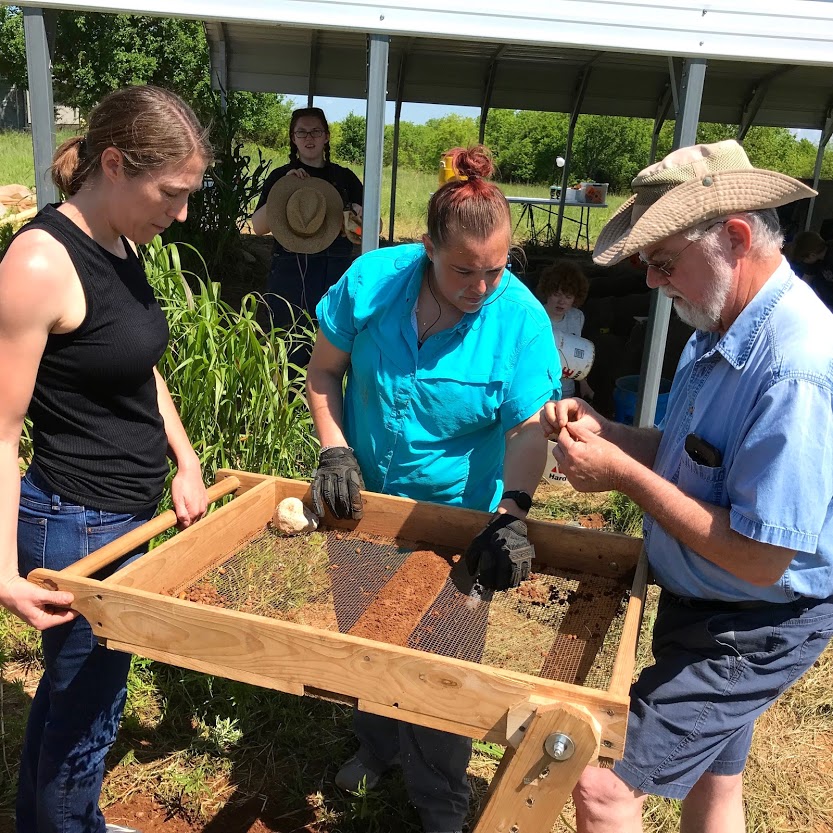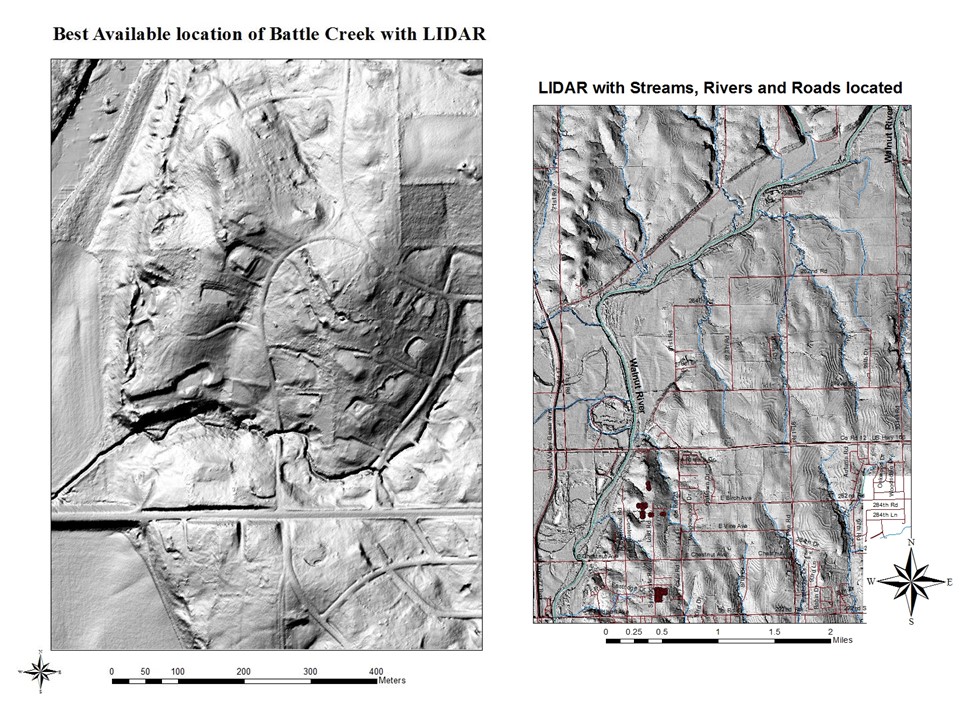For Immediate Release:
ETZANOA Announces Capital Campaign
$4.5 Million Raised
(Arkansas City, KS) With the announcement of a $500,000 SPRINT grant from the State of Kansas, the Etzanoa Conservancy is launching the public phase of its Etzanoa Cultural & Immersion Center Campaign. $4.5 million has been raised.
“We couldn’t be more pleased,” says Dr. David Ross of Topeka and Conservancy Board Chair. “The Conservancy and Campaign Leadership Committee is grateful to all those who have helped us reach this stage of the campaign. Thanks to their early involvement as donors, the recent $500,000 grant was made possible.”
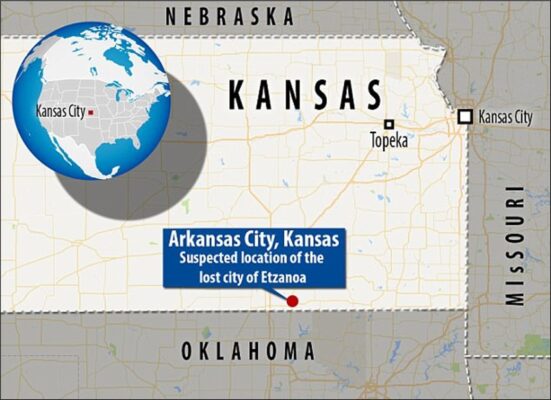
Ross added, “Over the last couple of years the Conservancy and the committee successfully secured property for the center, engaged a design group to develop architectural drawings for the center and most importantly raise $4.5 million during the quiet phase of the campaign.”
The Etzanoa Conservancy works to unearth and learn the history and heritage of a 500-year-old Indigenous prairie culture known as the Etzanoa. For an estimated five miles, the “great settlement” sits below the Kansas prairie on and around the Walnut River in Cowley County, Kansas.
“It is believed to be the second largest site ever identified in America,” said Sandy Randell, Etzanoa Executive Director. “It started as a mystery more than 80 years ago when the first small artifacts were found. Archeology in the last 15 years and academic research on two continents and three countries confirmed Spanish conquistadors visited the settlement of about 20,000 in 1601.”
“The mystery that was solved and the ongoing archeology and historical research has captured the attention of people around the world,” said Randell. “We’ve had more than 30,000 visitors in the last five years. And we’ve been invited to speak with groups in 16 states and four continents. Most recently Etzanoa was part of a National Geographic story detailing the five ancient cities that once ruled North America.”
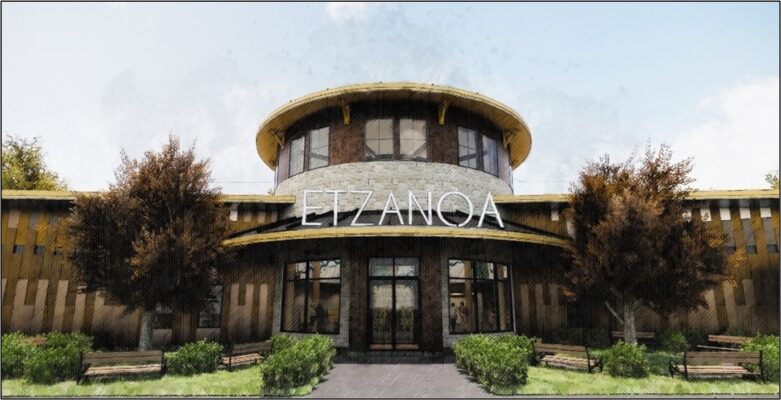
The center will incorporate two important components – an immersion museum and research wing. Exhibition galleries, immersion theatre and outdoor trails will bring to life the story of the Etzanoa and the presentation of other Indigenous nations. The research area allows for ongoing work and preservation of Etzanoa history and heritage will the rest of the center informs, educates, and immerses visitors into the life of the Etzanoa.
“A leadership gift from the VJ Wilkins Foundation and Conservancy board members started the quiet phase,” said John Farrar, Campaign Committee member. “With this announcement of the public phase, we are working to raise the final gifts to complete this project. It’s our hope to start open the doors to the new facility in 2025.

